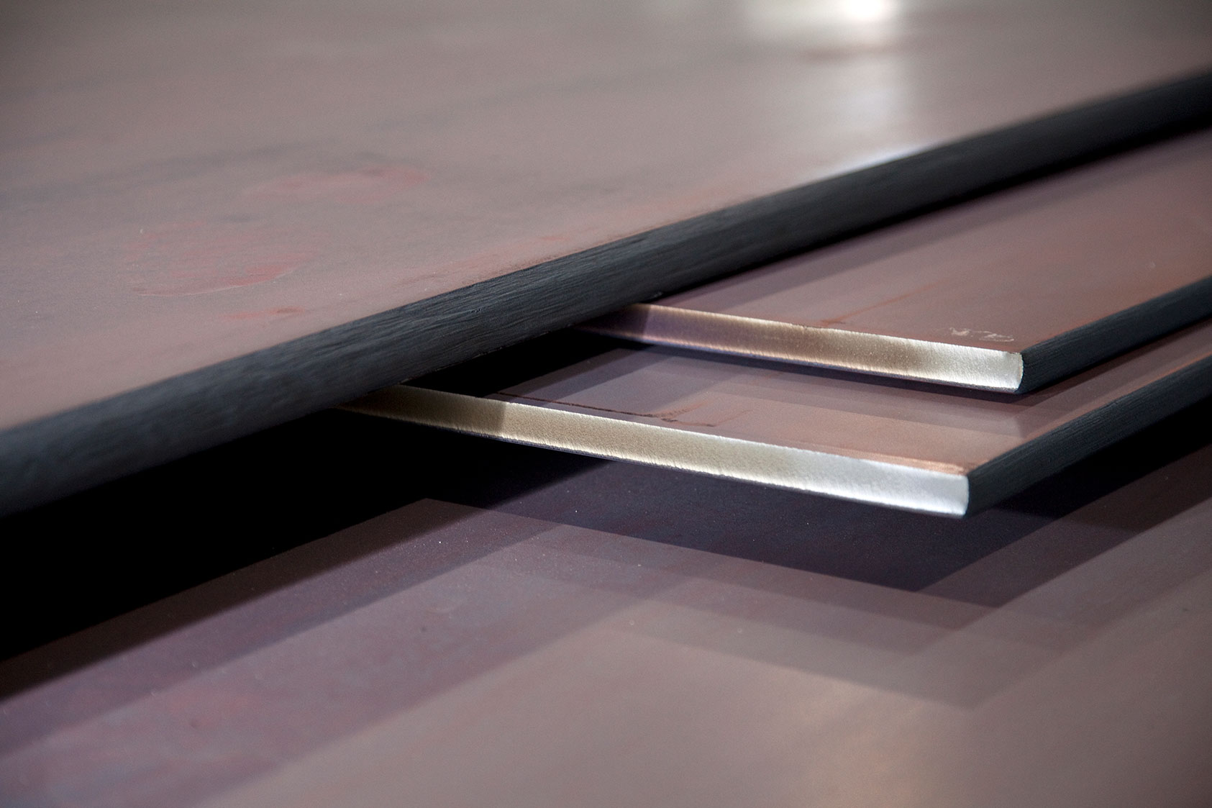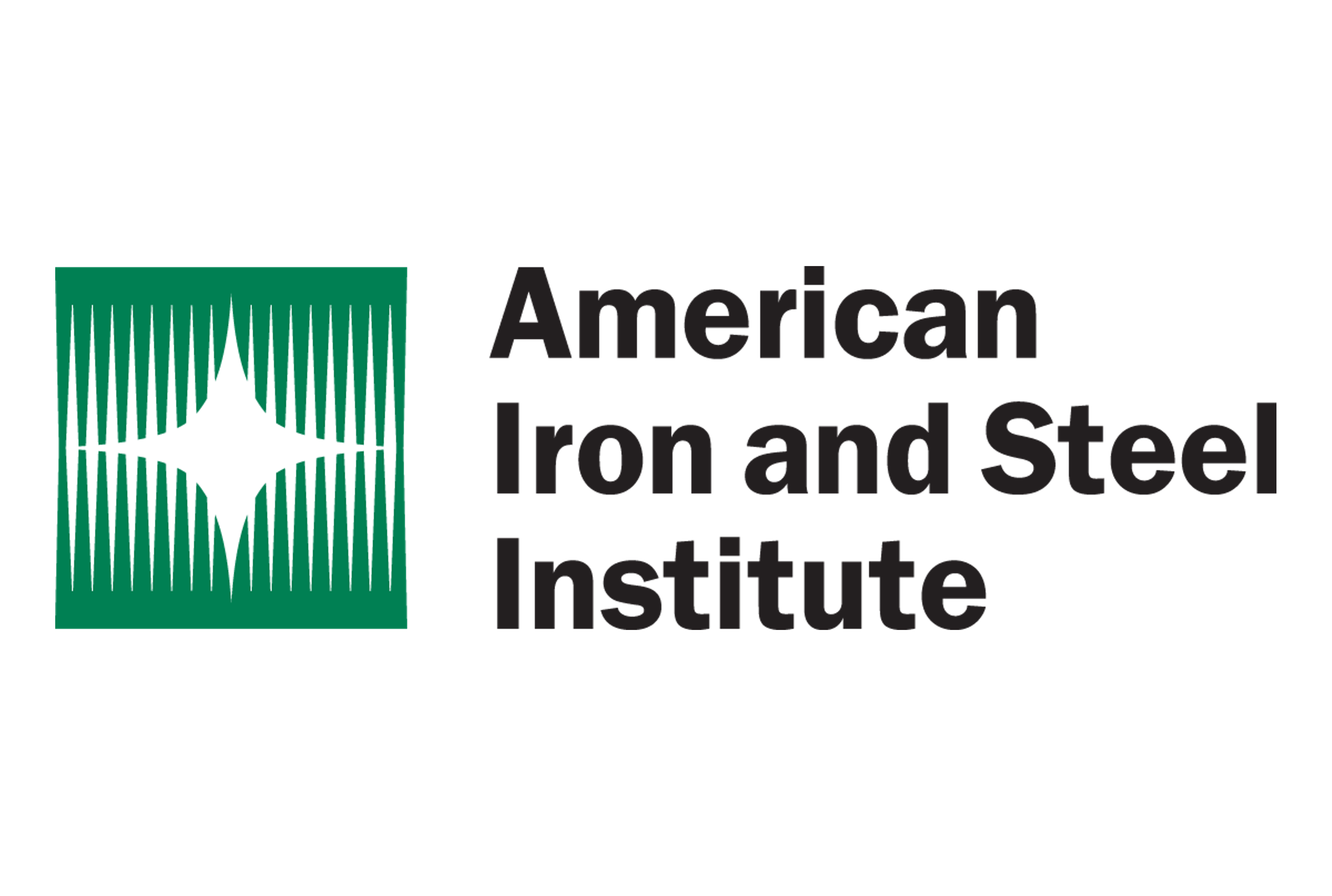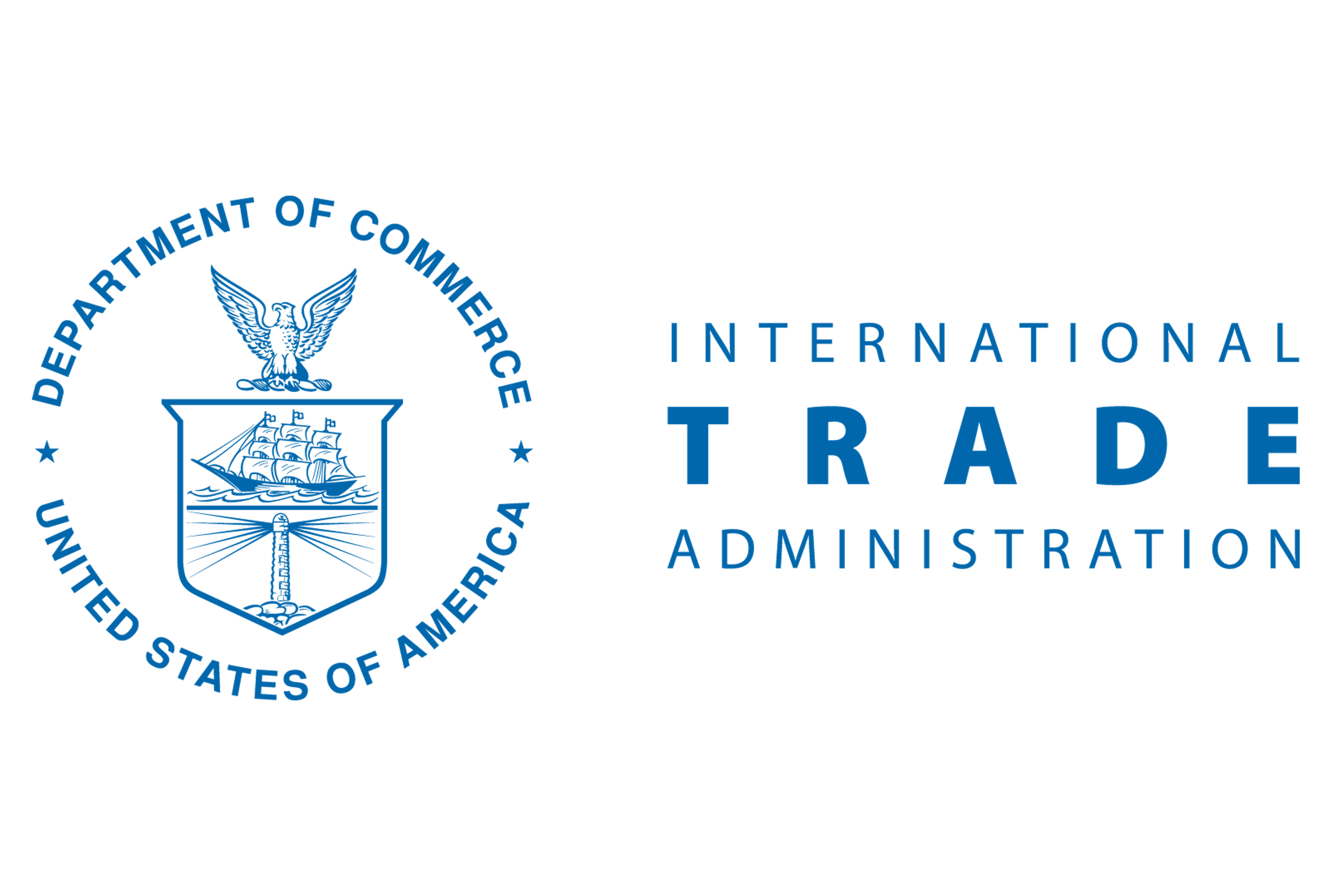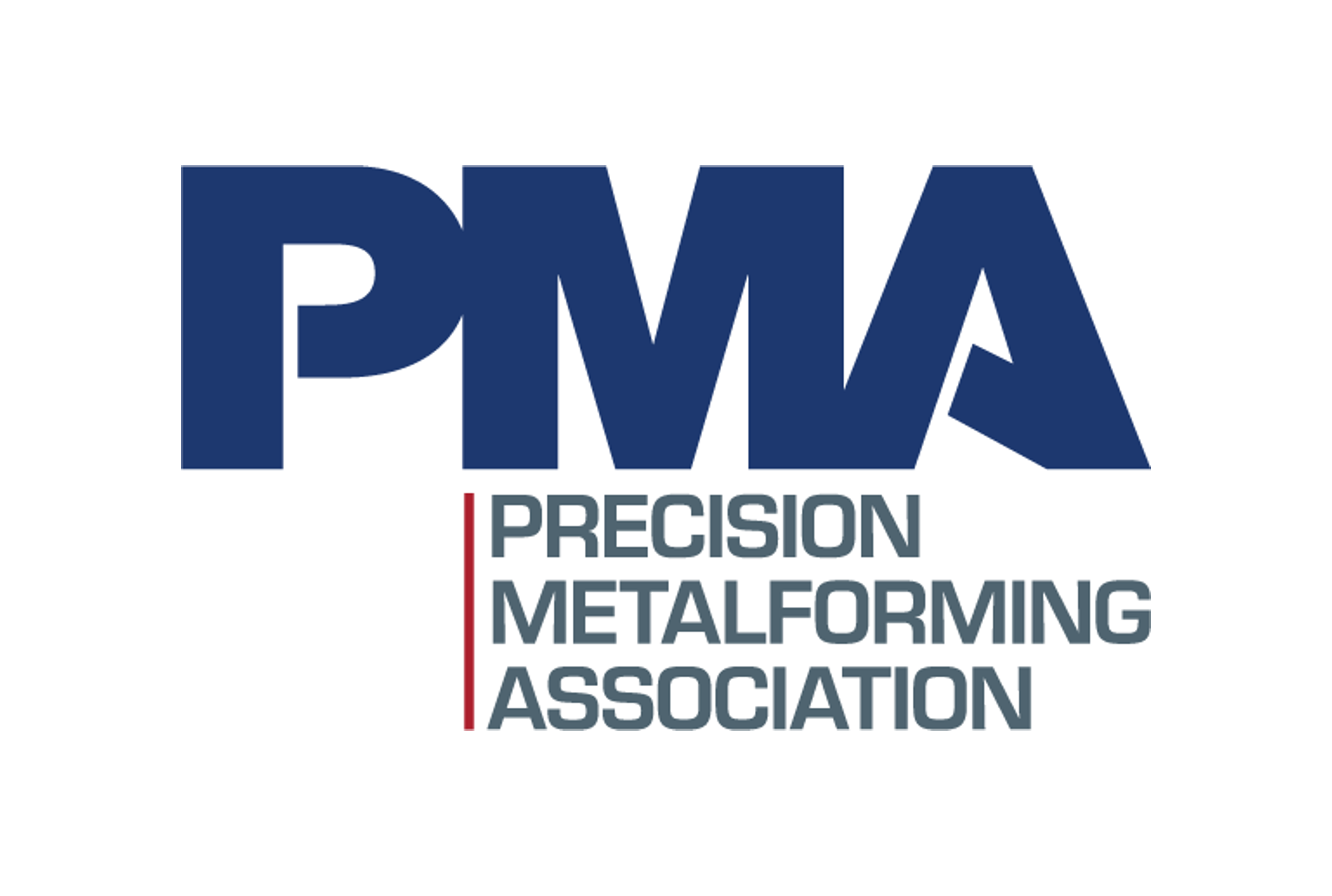Market Segment

July 23, 2019
SDI Expects Steel Demand to Grow in the Second Half
Written by Sandy Williams
Steel Dynamics is expecting modest growth for steel consumption in the second half of 2019 supported by the end of steel inventory destocking and further reduction of steel imports.
“The team delivered a solid second-quarter performance in a challenging steel pricing environment,” said SDI President and CEO Mark Millett. “A weakening scrap price environment coupled with steel inventory destocking led to steel buying hesitancy.”
He added, “As underlying steel demand remains constructive and scrap prices have steadied, we have recently seen stabilization and improvement in flat roll steel prices, resulting in increased flat roll order activity and improved order backlogs. However, structural, merchant bar, and reinforcing bar steel pricing remain pressured from domestic and import market competition.”
SDI is seeing continued strength in nonresidential construction and increased backlogs in steel fabrication. Demand continues to be positive across most steel consuming sectors, said Millett, including the automotive, energy and industrial sectors. The energy sector was particularly strong in the second quarter with growth in pipeline infrastructure expected for the next several years.
SDI reported net sales of $2.8 billion for the second quarter, unchanged from the first quarter and down from $3.1 billion a year ago. Net income was $194 million, down from $204 million in Q1 and $362 million in Q2 2018. The decline in earnings was due from metal spread compression that more than offset a 3 percent increase in steel shipments.
Shipments increased 3 percent from the prior quarter to 2.8 million tons and included 856,000 tons of hot roll, 191,000 tons of cold roll, and 950,000 tons of coated materials.
Lower ferrous scrap prices impacted profitability of the metals recycling segment. “Scrap flows began to slow later in the quarter and manifested by lower procurement values, thereby reducing dealer and the odd inventories, and export volumes remain weak,” said Millett. “Although muted, we would expect some firming of the scrap price over the next four to eight weeks by perhaps $20 a ton.”
Steel Dynamics expects Mexican steel consumption to outpace growth in the U.S. due to a robust manufacturing base.
The Heartland acquisition has increased flat rolled product diversification for SDI. The company anticipates Heartland will reach 70 percent of its planned 800,000-ton run rate in the second half of 2019.
Pressure on steel prices has been due primarily to the destocking of the supply chain, said Millett. “As I talked with customers over the past six to seven months, some of them since December, people have been a little surprised in all honesty that the pricing dropped as far as it did in the first place, because underlying demand, we believe, and I think all our customers believe, is generally intact, and as we said it’s very, very constructive.”
He added, “I think you probably saw the public price increased again yesterday. The indices have come up to around about $550-ish today from a low of $505 in June. The September future is around the $605. I do believe that the recent price increases will certainly achieve, if not exceed, that future level.”







